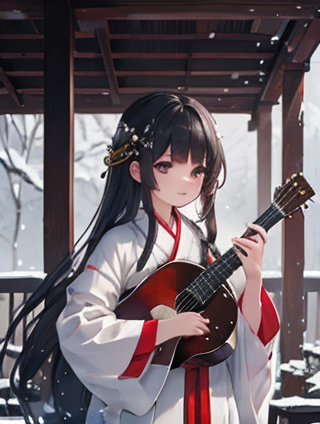TheEvolutionofMarriageandLoveAContemporaryPerspective
- 新闻
- 2025-05-30 10:41:18
- 2720
In the tapestry of human history, marriage and love have been central themes that reflect societal values, cultural norms, and personal aspirations. Over centuries, these concepts have undergone profound transformations, adapting to changing social dynamics, economic conditions, and technological advancements. This essay explores the evolution of marriage and love in contemporary society, delving into their significance, challenges, and future prospects.

The Historical Context: Marriage and Love Through the Ages


Marriage as an institution has a long and varied history, rooted deeply in cultural traditions and legal frameworks. In ancient societies like Greece and Rome, marriages were often arranged for political or economic reasons rather than personal choice (Crittenden, 2013). During the Middle Ages, the Catholic Church played a significant role in defining marriage rites and regulations, emphasizing its spiritual significance over romantic love (Bede, 8th century).


The Renaissance saw a shift towards valuing individual expression and emotional connections. Literary works from this period, such as \
